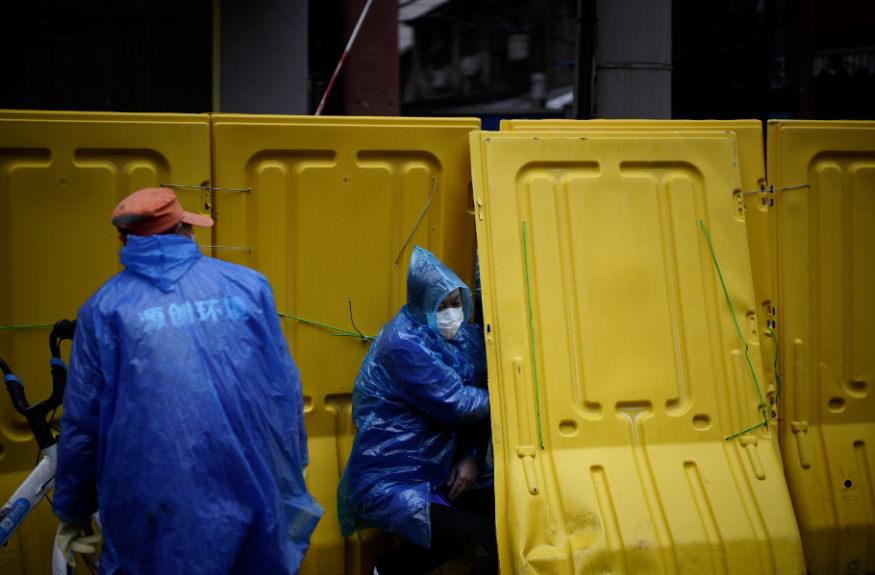
According to an American China expert and author by the name of Steve Mosher, a recent Chinese research paper that was showing how the coronavirus originated from a Wuhan biolab and not from bats being sold at the market had just been censored by communist authorities from online publication.
The missing paper
The missing paper was said to be written by Botao Xiao as well as Lei Xiao from South China University of Technology. The paper was titled "The Possible Origins of the 2019-n-CoV coronavirus" and confirmed that the virus did not, in fact, come from horseshoe bats that were being sold in the Wuhan market.
The researchers have pointed out the virus did not actually come from the Wuhan market, according to Mosher in an article for LifeSite News written last April 2. Mosher then said that "First, they point out there are no known colonies of this species of the bat within 90 kilometers-that's 56 miles-of Wuhan." Continuing by saying that out of 59 people being interviewed, it was found out that there were no horseshoe bats being sold in that area!
Mosher says that the authors of "The Possible Origins" paper were able to trace the virus to two different Wuhan institutes. The researchers said that "Within 280 meters from the market, there was the Wuhan Center for Disease Control and Prevention (WHCDC). WHCDC hosted animals in laboratories for research purposes, one of which was specialized in pathogens collection and identification."
The Wuhan Institute of Virology (WIV) located seven miles away was also reported to have been conducting research on the same bats.
Before the outbreak started
Botao Xiao along with Lei Xiao, writes Mosher, have noted that one WHCDC study used exactly 155 horseshoe bats that were captured from the Hubei province and about 450 bats that were captured from the Zhejiang province.
Mosher writes that they have concluded that the very first case of a human being contracting this virus started with the biolab workers all the way from WHCDC or even WIV who could have accidentally exposed himself to either the blood or urine of the bat and infecting himself.
It was also suggested that the infected tissue samples from research animals, or even the animals themselves, may have then wound up in the wet market.
Read Also: UK Fears Coronavirus Might Have Actually Been Leaked From a China Lab
The censor of "Possible Origins"
The "Possible Origins" paper was previously published last February and was quickly censored by the Chinese authorities permanently disappearing online. Mosher claims that the paper has been saved and also made available by WayBack Machines and LifeSiteNews: www.lifesitenews.com.
An article by Lifestyle.INQ gives further details as to the events surrounding this discovery.
As the world tries to find the vaccine for this virus in hopes of ending the worldwide terror caused by the pandemic, the origins of this virus have been put into question.
Read Also: COVID-19 Super-spreaders: New Study Shows Coronavirus is Twice as Infectious Than Previously Thought









